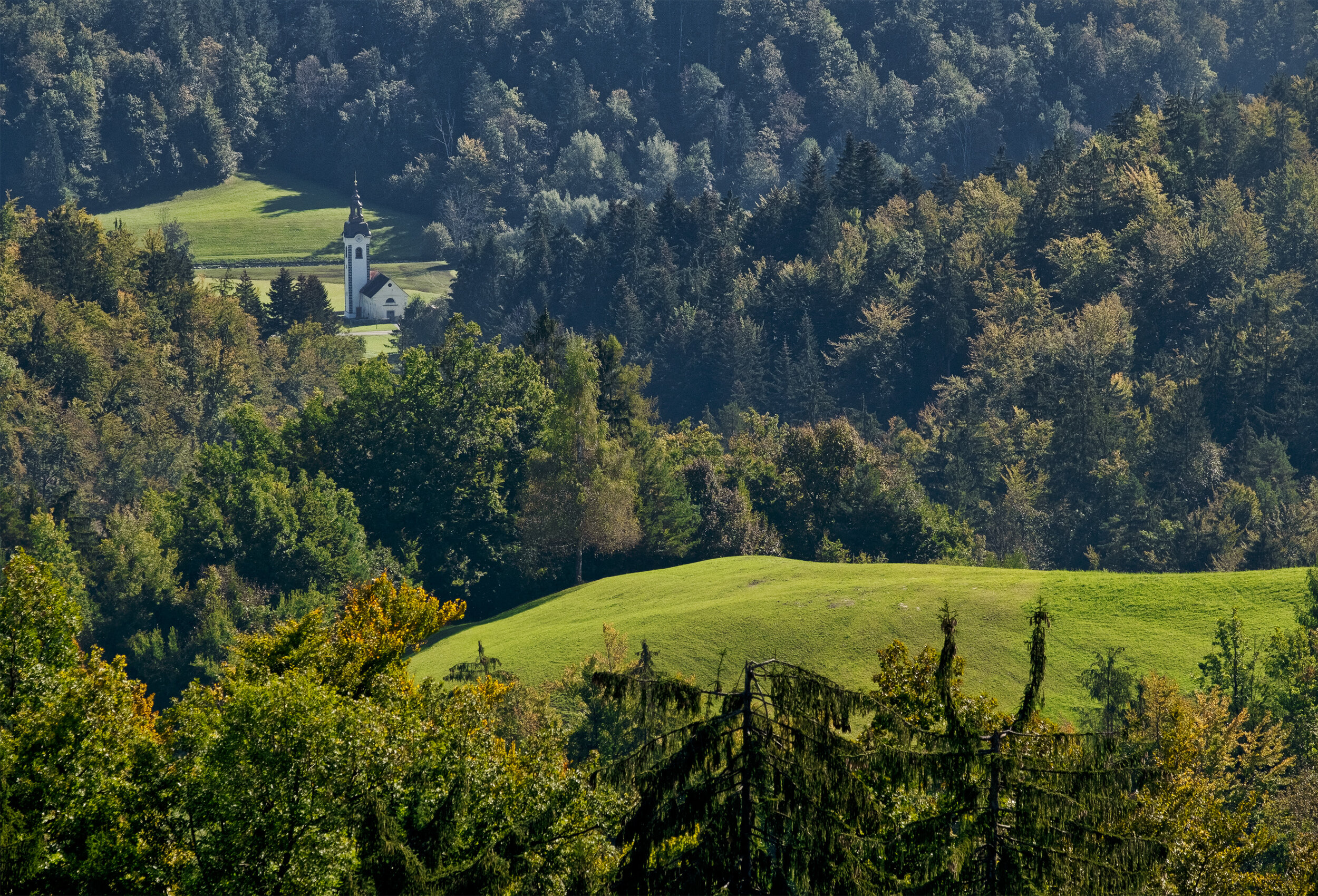The Ethics of Street Photography: A Personal Perspective
/Street photography is a dance between observation and instinct. It’s about capturing life as it unfolds—unscripted, unpredictable, and often fleeting. But with this freedom comes responsibility, and every photographer must find their own balance between art and ethics. Over the years, I’ve developed my own guiding principles, shaped by both personal experience and my deep respect for the people and stories I encounter on the streets.
Capturing Spontaneity: Why I Don’t Ask for Permission
The magic of street photography lies in its spontaneity. The best moments are unplanned: a child chasing pigeons, an elderly couple sharing a private laugh, or the interplay of light and shadow on a busy street. If I stopped to ask for permission every time, these moments would vanish. A posed smile or a self-conscious expression would replace the rawness of reality, and the photograph would lose its soul.
For me, the street is a stage, and every person on it is a character in a bigger story. I try to remain unobtrusive, blending into the environment like a shadow. But I’m always mindful of the fact that the people I photograph are not props; they are individuals, each with their own privacy and dignity.
Where I Draw the Line: Ethics Over Aesthetics
One of the hardest decisions a street photographer faces is choosing what not to photograph. There are countless moments I could have captured but didn’t—because they felt wrong. I don’t photograph homeless individuals or people in vulnerable situations. Yes, their stories matter, and yes, they are part of the urban fabric, but for me, taking their picture feels exploitative rather than enlightening.
There’s a fine line between documenting reality and exploiting someone’s struggles for artistic gain. I ask myself: Would I be comfortable being photographed in this situation? Would I feel respected? If the answer is no, I lower my camera.
The Right to Photograph in Public Spaces
As a photographer, I strongly believe in the right to photograph in public spaces. It’s a principle that’s deeply rooted in Anglo-Saxon law, where the street is considered a public domain. What happens there belongs to everyone; photographing it is part of documenting our shared history.
In Europe, however, the laws—and the attitudes—can be different. I’ve had people approach me, asking me to stop or even delete a photo. Technically, they might be within their rights, depending on the country. But more often than not, these interactions stem from cultural differences rather than legal grounds. While I respect local laws, I also feel that the spirit of street photography—its ability to tell unscripted stories—shouldn’t be stifled by fear of offense.
Balancing Art and Respect: A Personal Approach
Every photograph is a choice. When I look through the viewfinder, I’m not just deciding on composition or exposure—I’m deciding whether the moment in front of me is worth preserving. Not every photo is. Some moments are too intimate, too personal, or simply not mine to take.
For example, I once watched a heated argument unfold in a piazza in Venice. The light was perfect, the gestures dramatic, the scene almost cinematic. But something about it felt intrusive. I chose not to shoot. That’s a personal boundary, not a rule. Every street photographer must find their own balance between artistic intent and ethical responsibility.
The Human Element: Why Street Photography Matters
At its core, street photography is about celebrating the shared humanity that connects us all. It’s not about catching people off-guard or exposing their vulnerabilities—it’s about capturing the beauty, humor, and unpredictability of everyday life. The best street photos aren’t the ones that shock or provoke; they’re the ones that resonate, that make us pause and see the world—and each other—differently.
Final Thoughts
Street photography is an art of observation, of being present in the moment and finding meaning in the mundane. It’s also a practice that requires sensitivity, empathy, and a strong ethical compass. For me, the goal is always to tell a story that feels true to the moment and respectful to the people in it.
I’d love to hear your thoughts. Whether you’re a street photographer, an observer, or someone who’s been on the other side of the lens, how do you feel about the ethics of photographing strangers?
Let’s start a conversation.














































